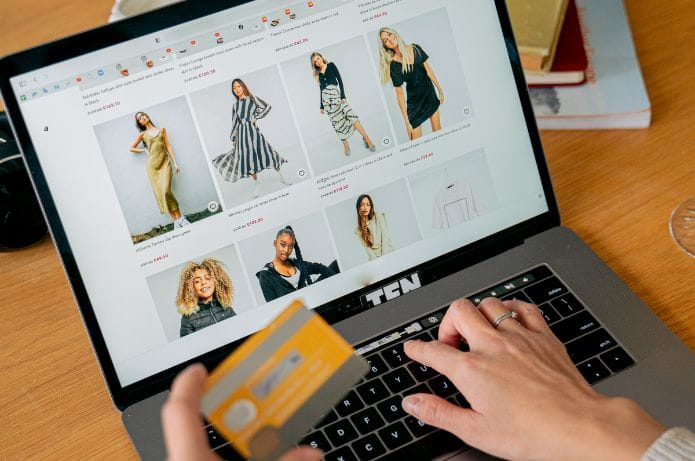The retail market is constantly evolving, and with the arrival of 2025, consumer expectations have never been higher. Trade marketing and visual merchandising strategies, for example, play a fundamental role in building an engaging shopping experience and converting consumers.
However, there are recurring errors that, if not corrected, can compromise the performance of any retailer. I would like to highlight ten of these errors and offer suggestions on how to avoid them, ensuring that trade marketing operations continue to be a growth lever.
- Lack of personalization in actions
One of the most common mistakes is applying the same approach to all clients. In 2025, preferences are increasingly segmented, and what worked for an audience a few years ago is no longer effective. Customization should be the key to any action at the point of sale.
What to do:Get to know your consumer in depth, use data to segment and create campaigns that speak directly to the interests and behaviors of each group.
- Misalignment between online and offline actions
The integration between the physical and digital worlds has never been more important. Many retailers still make the mistake of treating these two fronts as disconnected, creating a fragmented experience for the consumer.
What to do:Ensure that POS actions and e-commerce strategies are aligned, creating a fluid and coherent purchasing journey for the customer.
- Disregarding the customer experience at the POS
The point of sale should not be just a transaction location, but an engaging interaction point with the brand. Many retailers still treat it as a simple product display space, without concern for the experience provided to the consumer.
What to do:Invest in a store design that is interactive and attractive, and train your staff to provide a unique shopping experience.
- Ignoring the power of visual merchandising
Visual merchandising is crucial to arouse consumer interest. Simple mistakes, such as disorganized product displays or not understanding how visual elements influence purchasing decisions, can significantly harm results.
What to do:Invest in layouts that guide customers naturally through the store, highlighting products strategically and leading them to purchase actions.
- Lack of results monitoring
The lack of measurement and monitoring of trade marketing actions results is a mistake that many make. Without data, it is impossible to assess the effectiveness of a campaign or optimize future actions.
What to do:Use monitoring and analysis tools to understand the impact of your actions and make data-driven decisions to adjust and improve performance.
- Not training the sales team
The sales team is one of the main agents of influence at the POS, but is often neglected when it comes to specific training on trade marketing and visual merchandising strategies.
What to do:Invest in ongoing training for your sales team, ensuring they understand campaign objectives and know how to best communicate product benefits to customers.
- Lack of flexibility in actions
In such a dynamic environment as retail, maintaining rigid and inflexible actions can be a fatal mistake. The market and consumer needs change rapidly, and rigid actions can harm the customer relationship.
What to do:Maintain an agile approach, be ready to adapt your campaigns and offers according to changes in market behavior and context.
- Not focusing on the complete purchasing journey
Many retailers still make the mistake of focusing only on one part of the customer journey, whether on initial marketing or on the purchase completion. Not understanding the consumer's decision-making stages can compromise the effectiveness of your actions at the point of sale.
What to do:Map the complete customer journey and create strategies to support and engage customers at every stage of the buying process.
- Underestimating the importance of promotions
Product promotion is one of the most effective ways to increase sales, but many retailers still make the mistake of not making these promotions attractive or poorly positioning them within the store, directly impacting the success of the action.
What to do:Create impactful, visible and well-positioned promotions, according to the consumer profile and purchasing behavior identified at the POS.
- Neglecting sustainability in actions
The modern consumer is more attentive to the sustainability and social responsibility of brands. Ignoring them in trade marketing actions can result in a disconnect with the target audience.
What to do:Adopt sustainable trade marketing practices and, when possible, use recyclable materials or more ecological solutions in campaigns and visual merchandising.
As can be seen, 2025 brings new challenges and opportunities for retail. By avoiding these crucial mistakes and adopting a more strategic approach aligned with consumer needs, brands can ensure superior performance at the point of sale.
Trade marketing and visual merchandising should be seen as part of an integrated ecosystem, where all aspects of the consumer experience are taken into account. To succeed, it is necessary to invest in data, training, innovation, and flexibility, as well as a deep understanding of consumer behavior and market trends.












